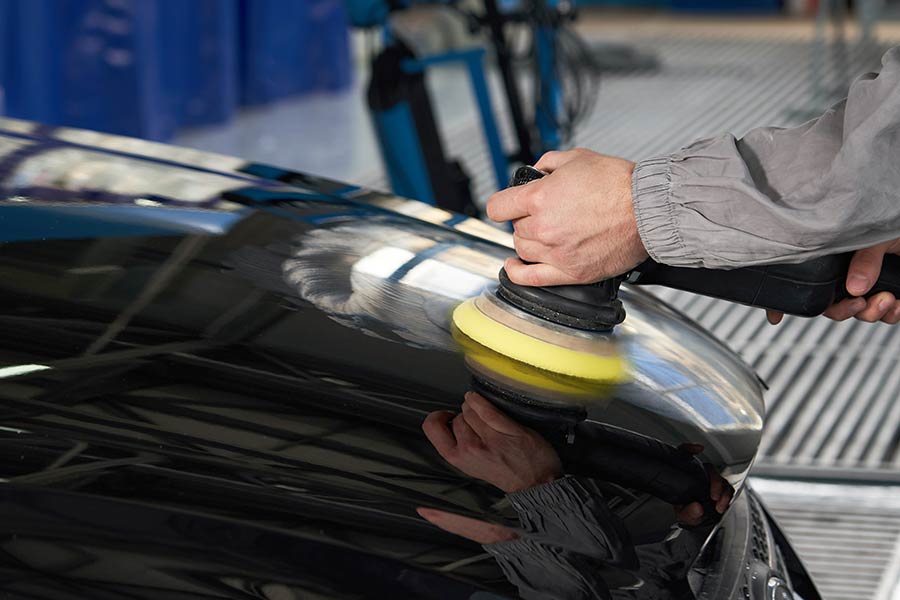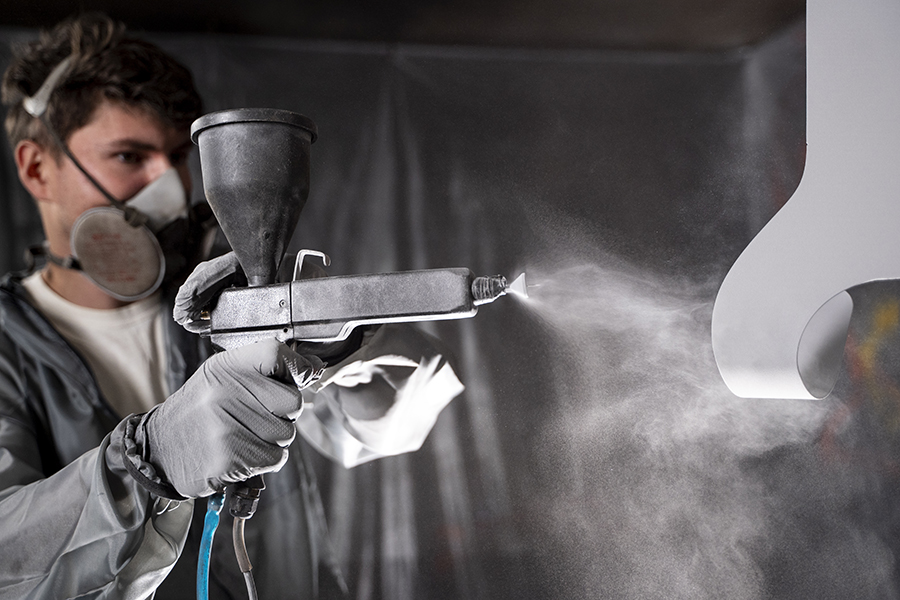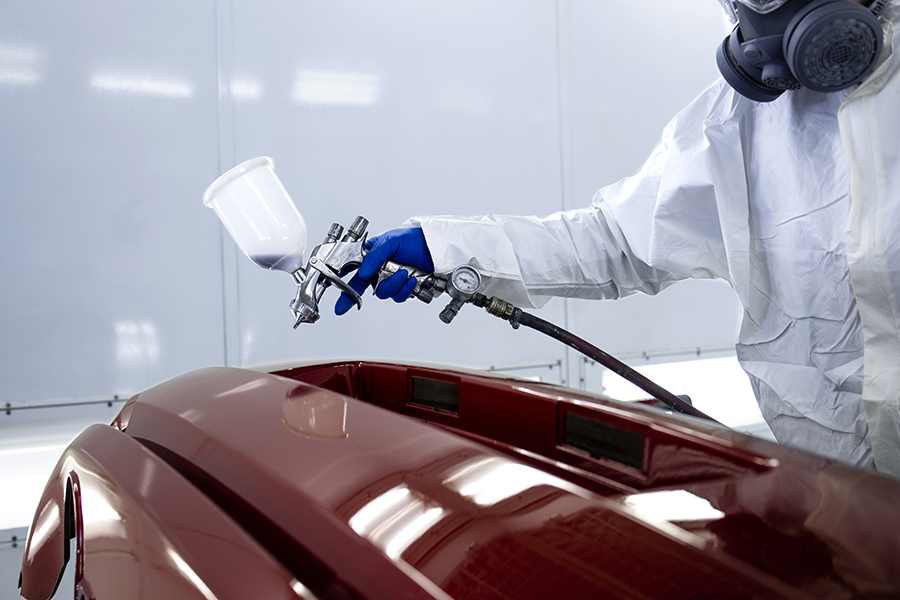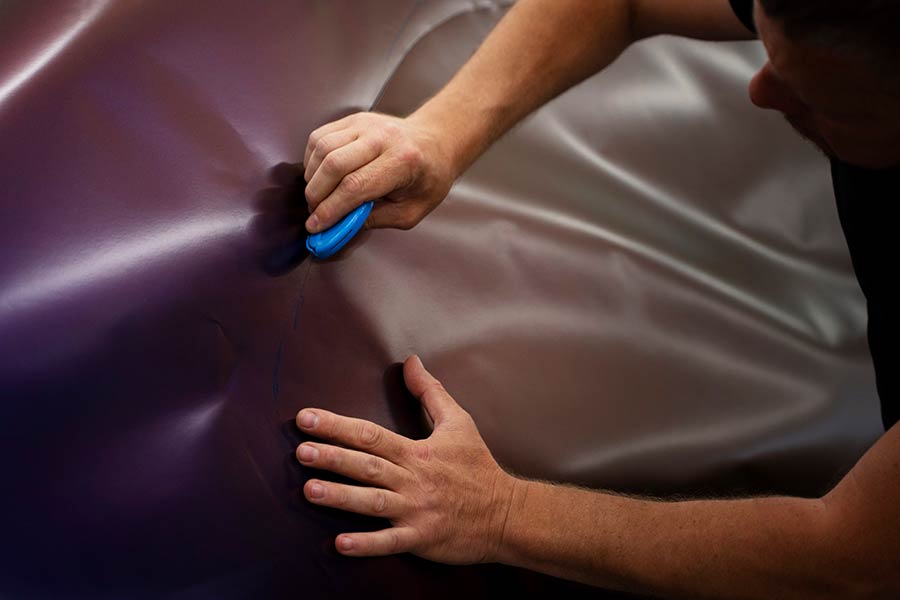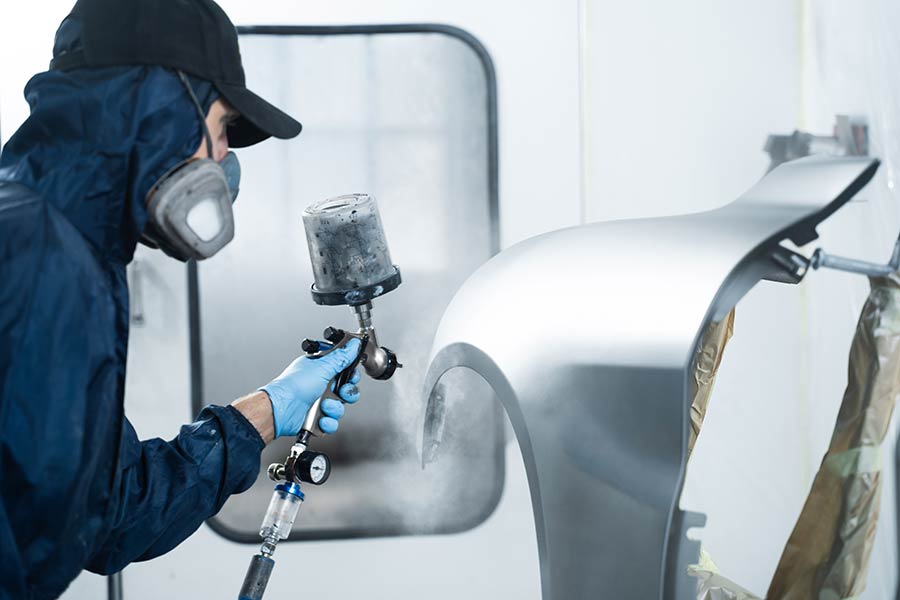Over 70% of car owners believe their vehicle’s appearance reflects on them, yet many overlook the impact of a faded paint job. Car paint restoration isn’t just about vanity; it’s an essential aspect of car maintenance that protects your vehicle's exterior and boosts its resale value. Whether it’s battling scratches, swirl marks, or the dulling effects of the sun, understanding the right techniques and products can make your car look brand new. This post dives into effective strategies for car paint restoration, ensuring your ride not only turns heads but also preserves its charm and value over time.
Key Takeaways
- Check your car for any signs of paint damage regularly to catch issues early and maintain your vehicle's appearance.
- Follow a proper paint correction process, which includes cleaning, correcting, and protecting the paintwork, to restore your car's shine.
- Protect your car's paint from future damage by parking in shaded areas, avoiding harsh chemicals, and washing it regularly.
- Consider using wax, sealants, or ceramic coatings as part of your car's paint protection strategy to keep it looking new for longer.
- Remember, maintaining your car's paint not only improves its appearance but can also increase its resale value.
- Stay informed about the latest products and techniques in paint restoration and protection to keep your vehicle in top condition.
Identifying Paint Damage
Types of Paint Damage
Cars often show their history through their paint. Common damages include chips, scratches, and oxidation. These issues can stem from environmental factors like sun exposure, acid rain, and road salt. Each type of damage varies in seriousness. Chips and scratches may seem minor but can lead to rust if ignored. Oxidation, on the other hand, dulls the car's finish over time.
Spotting Swirls and Scratches
To find swirl marks and scratches, look at your car under bright sunlight or a well-lit garage. These flaws are usually due to improper washing techniques using rough cloths or circular motions. Early detection is crucial. It prevents these blemishes from deepening or spreading.
Assessing Clear Coat Condition
The clear coat acts as a car's armor against the elements. To check its condition, observe for signs of flaking and peeling. These indicate clear coat failure. A healthy clear coat is essential for protecting the underlying paint and keeping the vehicle looking shiny.
Steps in Paint Correction
Cleaning and Prep Work
Before diving into paint restoration, a thorough cleaning is crucial. This step removes all dirt and debris. Start with a detailed wash using car shampoo. After drying, apply a clay bar to remove finer particles. This preps the surface for further steps.
A clean, controlled environment is key. It prevents new contaminants from affecting the work area.
Removing Swirls and Scratches
For removing swirls and scratches, polishing compounds and dual-action polishers are effective. Compounding is more aggressive, targeting deeper imperfections. Polishing refines the surface for a smooth finish.
The right technique and patience are vital. They ensure no additional damage occurs during this delicate process.
Clear Coat Restoration Process
Restoring a damaged clear coat involves several steps:
- Sanding down imperfections.
- If necessary, removing the old clear coat.
- Applying a new layer of clear coat for protection.
etimes, only repairs are needed instead of full removal. A professional assessment can determine the best course of action.
After-Care Practices
To maintain the restored paint finish:
- Wash and dry regularly.
- Apply quality wax or sealant for protection against elements.
- Park in shaded areas to avoid UV damage.
These practices extend the life of the paint restoration work.
Preventing Future Damage
Regular Maintenance Tips
Consistent maintenance is key for keeping car paint looking new. Setting a regular schedule helps maintain the paint's health over time. It's wise to have professionals inspect the car periodically. They can spot and fix small issues before they get big.
Adding paint protection like ceramic coatings or paint protection film (PPF) can also shield the paint from damage. These measures keep the car looking good longer.
Avoiding Common Mistakes
Using harsh cleaning tools can scratch the paint again. It's important to avoid these to keep the surface smooth. Trying to fix paint problems at home without the right skills or tools often leads to more harm than good.
Ignoring small damages is another mistake. Even tiny scratches can turn into big problems if left untreated. It's best to address these issues quickly.
Selecting Quality Car Washes
Not all car washes are safe for your paint. Look for services that follow paint-safe practices. Hand washes are usually gentler on car paint than automatic ones. This helps in maintaining the paint's shine and health for a longer period.
Before choosing a car wash, ask them about their washing methods and what materials they use. This ensures they won't harm your car's finish.
Enhancements and Protection Options
Ceramic Coating Benefits
Ceramic coatings add a strong layer of protection to your car's paint. They shield it from sun damage, scratches, and dirt. This means your car stays looking new for longer.
The coatings are also hydrophobic. Water beads up and rolls off easily. This makes cleaning your car much simpler. You'll spend less time and effort keeping it spotless.
Over time, ceramic coatings save money. They keep the paint in great condition, reducing the need for frequent touch-ups or repairs. This long-term cost-effectiveness is a major plus for car owners.
Durability of Paint Correction
Paint correction can last a long time, but it depends on how you care for your car. Good maintenance habits are key.
Exposure to harsh weather and rough driving conditions can wear it down faster. To keep the paint looking its best, you need to protect it from these elements.
Regular maintenance extends the life of paint correction significantly. Washing and waxing your car regularly will help maintain its shine and protection.
Final Remarks
Car paint restoration isn't just about making your ride look good—it's about bringing back its soul. You've learned to spot the signs of paint damage, tackle it head-on with paint correction, and shield it against future assaults. Plus, those enhancement options? They're your best bet for keeping your car's coat not just surviving but thriving. It's all in your hands now. Your car's paint doesn't have to fade away into obscurity; with the right care, it can shine bright, turning heads wherever you roll.
hat's next? Take action. Grab those supplies, set a day aside, and give your car the TLC it deserves. Remember, every swirl mark removed and every layer of protector applied is a step towards preserving not just a vehicle, but a piece of your journey. Don't let another day go by where your car isn't looking its absolute best. Restore, protect, and drive proud.
Frequently Asked Questions
How do I know if my car's paint is damaged?
Look for signs like scratches, fading, and peeling. These indicate your car's paint might need restoration.
What are the steps involved in paint correction?
The process involves washing, claying, polishing, and sealing the paint to remove imperfections and restore shine.
Can I prevent future paint damage on my car?
Yes, by regularly washing your car, applying a protective wax or sealant, and parking in shaded areas to avoid sun damage.
Are there any enhancements to protect my car's paint?
Consider ceramic coatings or paint protection films for long-term protection against scratches, UV rays, and environmental contaminants.
How often should I perform paint correction on my car?
It depends on your car’s exposure to elements and usage. Typically, a full paint correction is recommended every 1-2 years for maintaining optimal appearance.
Is professional help necessary for car paint restoration?
While minor touch-ups can be DIY, professional help ensures thorough correction with high-quality tools and products, especially for severe damage.
